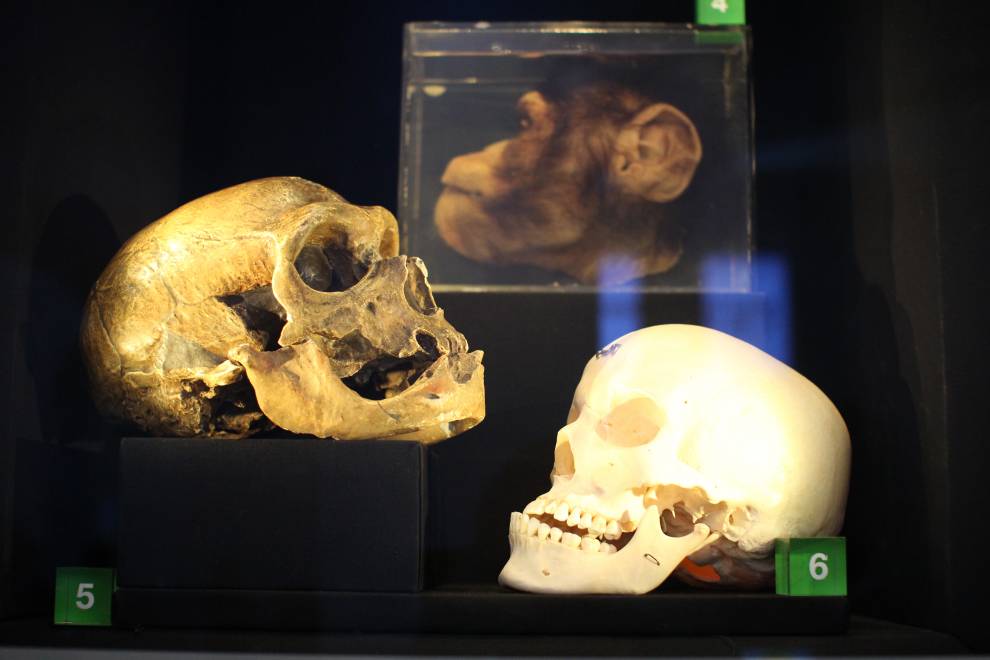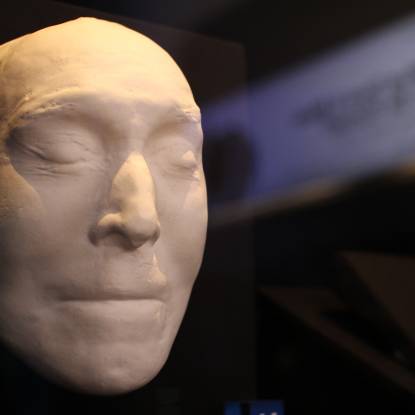Defining Human
Scientists define ‘human’ according to Carl Linnaeus’ Latin two name system. This consists of a ‘genus’ name and a ‘species’ name. Humans are classified under the genus Homo (man) and under the species sapiens (wise). The scientific name for a human is a Homo sapiens.

For centuries people classified living things by comparing and contrasting physical features such as skulls, skeletons, or the presence or absence of hair. The study of molecules – amino acids, proteins, and nucleic acids (DNA and RNA) – introduced another way scientists could study the history of life to determine how organisms were related to one another.
One way to define what it means to be human is to think about our relationship to other organisms that appear to be physically, intellectually and socially similar to us. Primates seemed to share various similarities with humans and have become a critical component to studying human history. Remarkably, by comparing the DNA of humans and chimps, scientists have found a sequence similarity of approximately 98.8%.
This is a cast of a skull of Homo neanderthalensis, (Neanderthal) from an approximately 60,000-year-old skeleton found in France in 1908. The reconstruction of this specific specimen in the early 1900s is largely responsible for influencing the perception of Neanderthals as dim, brutish, inferior and unrelated to humans. However, the recent recovery of DNA from Neanderthals is changing our understanding of this extinct group and its relationship to modern humans.
Once medical professionals thought little of turning real human remains into teaching models like this one. This would not happen today.
In the late 1800s and early 1900s some scientists used skull measurements to develop theories of ‘race’ to justify the slave trade and other colonial acts. They considered white Europeans to be superior to Asians and Africans, and modern humans as a species to be superior to others in the genus Homo, including Neanderthals.
 Close
Close




